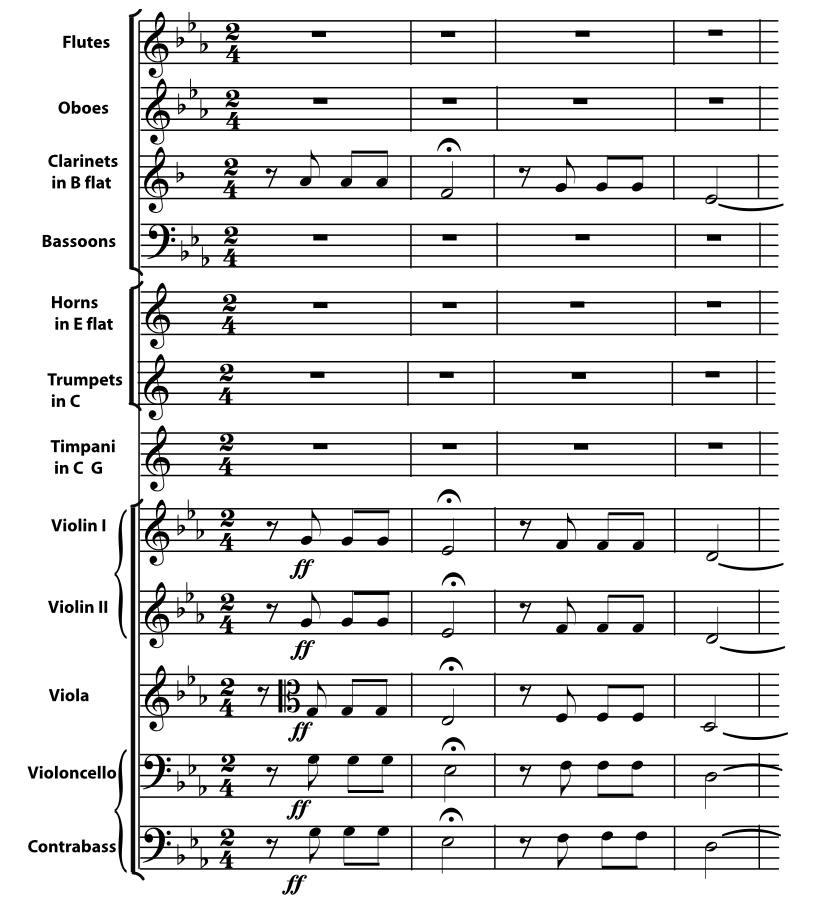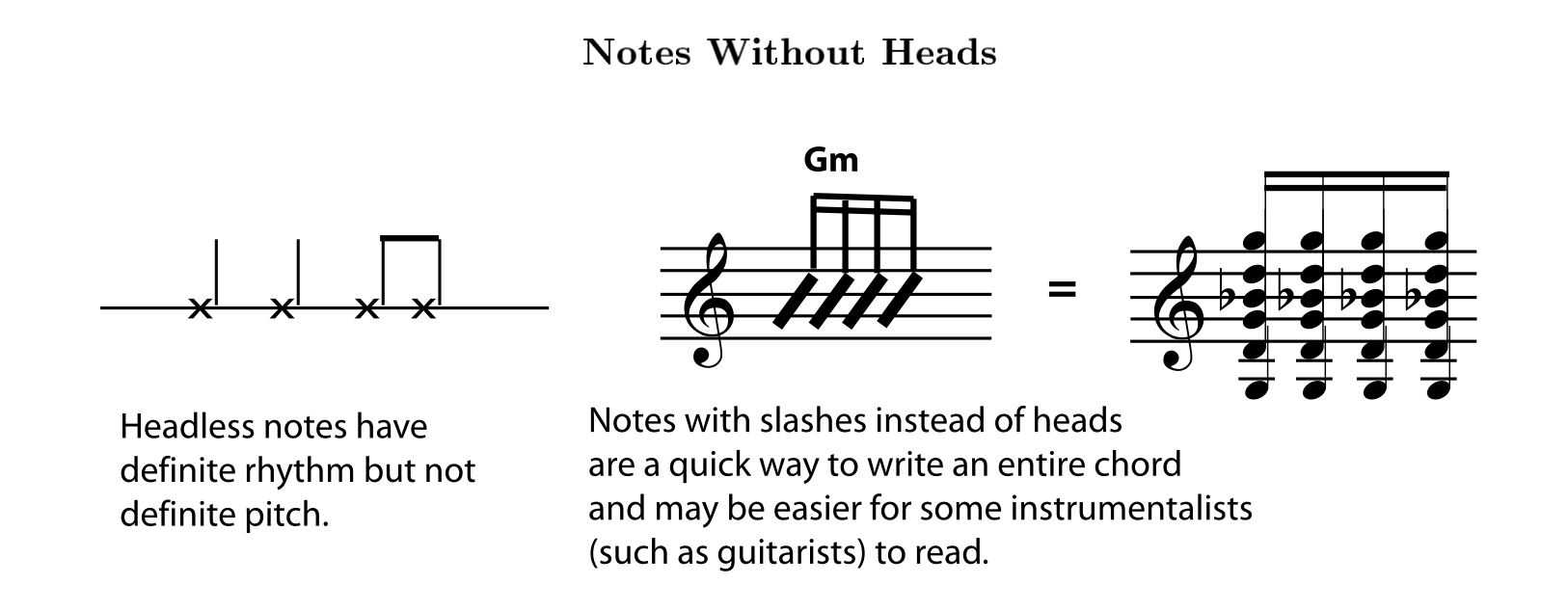Schmidt-Jones: Understanding Basic Music Theory
Reference
https://www.opentextbooks.org.hk/tertiary-institutions/18034
0 Preface
- Expansion of “Introduction to Music Theory”, but still the bare essentials
- Remember music comes first, then theory
- The physical basis of music, acoustics, is a necessary departure from this
1 Notation
Pitch
Staves
- Groups of staves are connected at least by a line at the left side, and sometimes at each bar line
- Staves played by similar instruments, or played by the same person e.g. the two staves of a piano part may be additionally connected by a brace

- Bass Clef mnemonics
- lines: Good Boys Do Fine Always
- spaces: All Cows Eat Grass
- The C Clef is moveable, middle C is wherever the centre is. The bass and treble used to be moveable, but now rare.

- The treble clef can be used to notate music an octave lower (instead of using the bass clef) and will then have a small 8 marked below it
- [ ] Print out and do the worksheets for both treble and bass clef
Enharmonic
- Enharmonic notes have different “spellings” but sound the same
- Keys and scales can also be enharmonic e.g. Gb major and F# major
- Intervals and chords can be enharmonic e.g. augmented second and minor third
- Enharmonic assumes equal temperament, which has become the official tuning system for Western music. However instruments can drift towards just intonation based on the harmonic series. Enharmonic notes may now have slightly different pitches.
Time
Notes
- Notes can have heads (filled or not), stems, flags or beams and dots
- Notes without heads do not have one definite pitch e.g. crosses to show percussion or slashes to indicate chords

Stem directions
- Notes on or above the middle line - stems down
- Notes sharing a stem - direction based on note furthest away
- Beamed notes - direction based on note furthest away
- Different rhythm -
- Two parts for two performers - higher part stemps up, lower part stems down